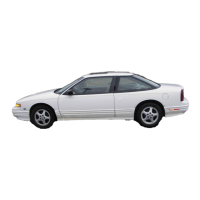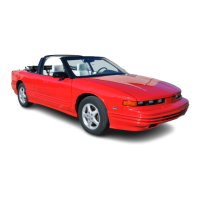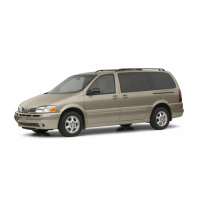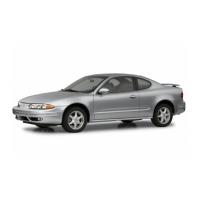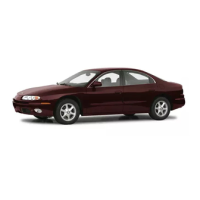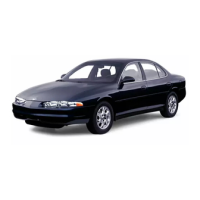ACCES
U
I
Ijyzition Switch
NOTICE:
If your ltey seems stuck in
Lock
and you can’t turn it, be sure it is
all the way in.
If
it is, then turn the
steering wheel left and right while
you turn the key hard. But turn the
ltey
only
with your hand. Using a
tool to force it could break the ltey
or the ignition switch. If none of
this worlcs, then your vehicle needs
service.
7ith the ignition key in the ignition
vitch, you can turn the switch to five
ositions:
ccessory:
An ‘‘on” position in which
3u
can operate your radio and
windshield wipers. Press in the ignition
switch as you turn the top
of
it toward
you.
Lock:
The only position in which you
can remove the ltey. This locks your
steering wheel, ignition and transaxle.
Off
Unloclts the steering wheel,
ignition, and transaxle, but does not
send electrical power to any accessories.
Use this position
if
your vehicle must be
pushed or towed, but never try to push-
start your vehicle.
Run:
An “on” position to which the
switch returns after you start your
engine and release the switch. The
switch stays in the
Run
position when
the engine is running. But even when
the engine is not running, you can use
Run
to operate your electrical power
accessories, and to display some instru-
ment panel warning lights.
Start:
Starts the engine. When the
engine starts, release the ltey. The
ignition switch will return to
Run
for
normal driving.
Note that even if the engine
is
not
running, the positions
Accessory
and
Run
are
“on”
positions that allow you
to operate your electrical accessories,
such as the radio.
Starting
Your
Engine
Engines start differently. The 8th digit
of
your Vehicle Identification Number
(VIN) shows the code letter or number
for your engine. You will find the VIN
at the top left of your instrument panel.
(See
Vehicle Identification
Number
in
the
Index.)
Follow the proper steps to
start the engine.
Move your shift lever to
P
(Park) or
N
(Neutral). Your engine won’t start in
any other position
-
that’s a safety
feature. To restart when you’re already
moving, use
N
(Neutral) only.
NOTICE:
Don’t try to shift to
P
(Park) if your
Oldsmobile is moving.
If
you do,
you could damage the transaxle.
Shift to
P
(Park) only when your
vehicle is stopped.
59
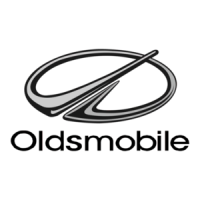
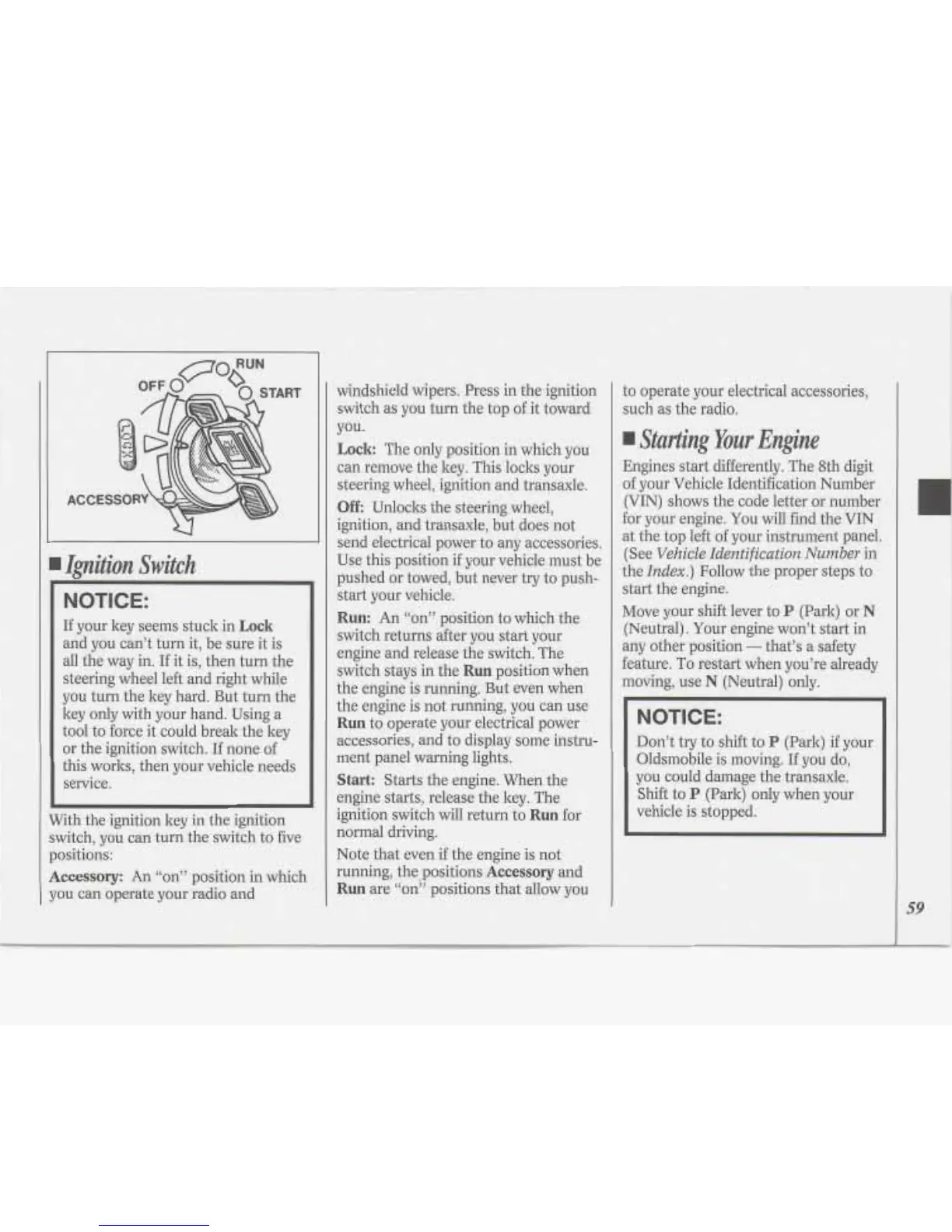